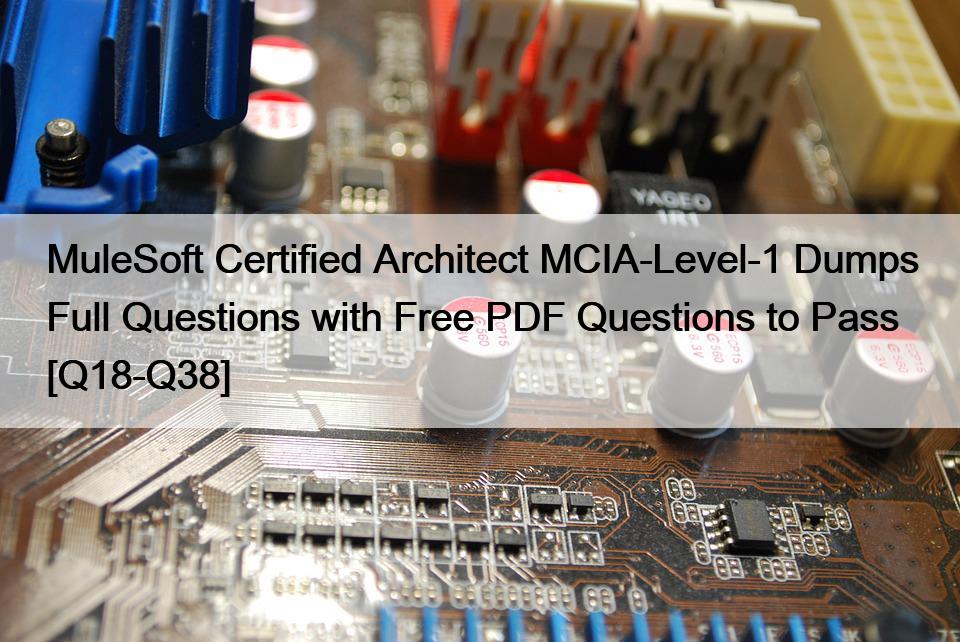MuleSoft Certified Architect MCIA-Level-1 Dumps Full Questions with Free PDF Questions to Pass
100% Updated MuleSoft MCIA-Level-1 Enterprise PDF Dumps
Use Valid Exam MCIA-Level-1 by ValidBraindumps Books For Free Website: https://www.validbraindumps.com/MCIA-Level-1-exam-prep.html






